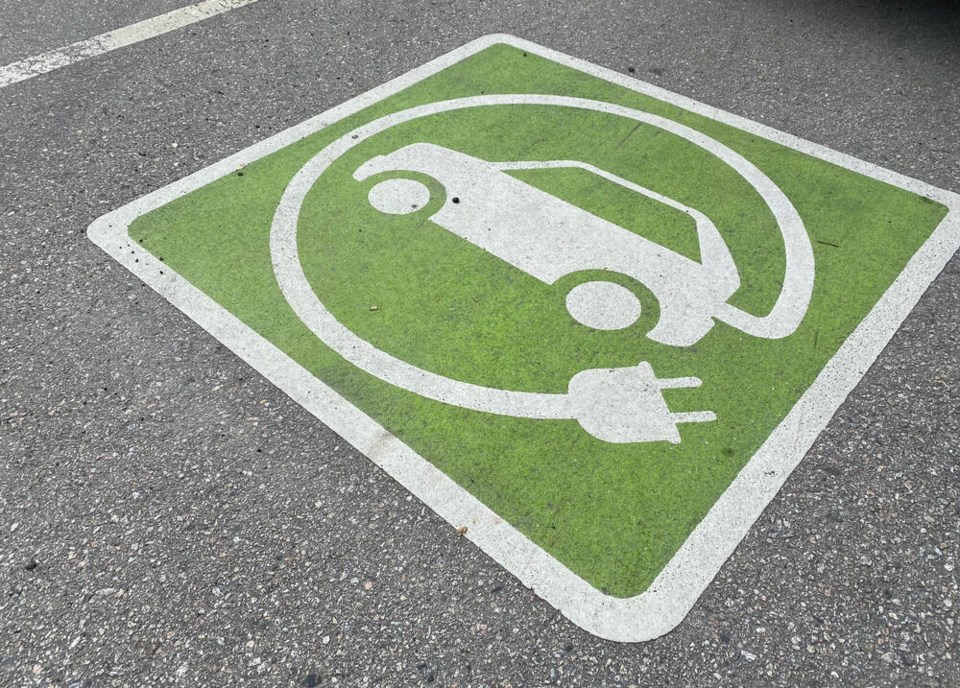The City of Delta has issued a request for proposals for a contractor to install more city-supplied electric vehicle (EV) charging stations.
The work involves assembly and installation of 21 public charging stations and 10 city fleet charging stations.
The sites across the city include, among others, the Kennedy Seniors’ Centre, the Douglas Husband Discovery Centre, the Winskill Park Fieldhouse, Diefenbaker Park and the Bridge Street at 48 Avenue parking lot.
Delta this year received a $200,000 investment through Natural Resources Canada’s Zero-Emission Vehicle Infrastructure Program, which includes $150,000 to support the installation of one EV fast charger and 20 Level 2 EV charging stations at public facilities, as well as $50,000 for 10 Level 2 EV chargers at three of Delta’s fleet facilities.
In addition, the province is also contributing $25,000 for the fast charger under the CleanBC Go Electric Public Charger Program.
Part of Delta’s Electric Vehicle Strategy, the new public stations are expected to be operational in late 2023.
The city currently owns and operates about 30 Level 2 charging stations at civic facilities, but no Level 3 fast charge stations yet.
Meanwhile, the provincial government last week announced that is accelerating its zero-emission vehicle (ZEV) targets and helping more people go electric with amendments to the Zero-Emission Vehicles Act. If passed, it is to help increase access and choice for ZEV car buyers, while new provincial funding will help expand B.C.’s charging network.
The amendments will require automakers to meet an escalating annual percentage of new light-duty ZEV sales and leases, reaching 26 per cent of light-duty vehicle sales by 2026, 90 per cent by 2030 and 100 per cent by 2035, five years ahead of the original target.





